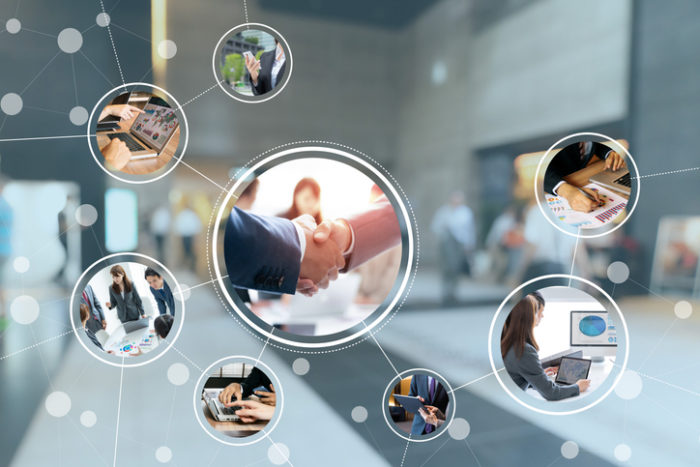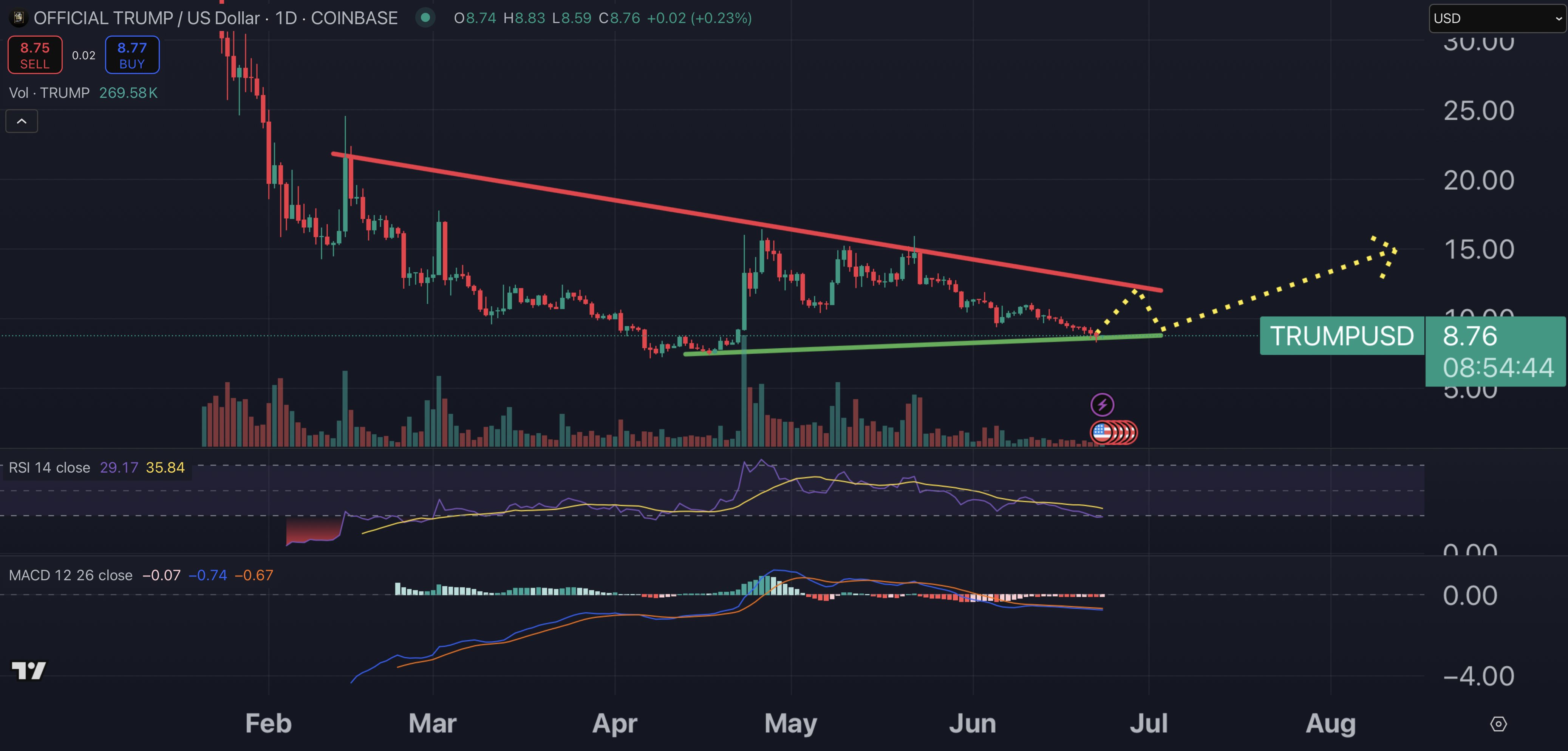Employee perceptions around the use of tech at work are quickly evolving, with many anticipating a consumer-grade experience in the workplace. Yet, the workforce is increasingly age-diverse, comprised of employees with varying technology experience and expectations. Experts say employers need to design their tech strategies with different generations and communities in mind.
“We’re constantly evaluating our unique differences and the experiences we bring to the table—looking at, ‘How do we understand employees’ experiences and motivators?’ so we can bring equity to our processes and unify our people,” says Tina Bennett, vice president of people and culture at Panopto.
The AI-powered video platform, Bennett says, is “intentional” about designing its people processes in a way that enables tech use while “keeping the focus on equity.”
Given Panopto’s product focus, video is becoming a “game-changer” for its employee population across demographics, Bennett says.
The remote-first company has fostered a “video-based culture” that empowers employees to use video in the way that works best for them. The organization delivers onboarding via video or in a hybrid setting, depending on how employees want to learn, Bennett says.
See also: Why it’s past time to get ready for the multigenerational workforce
Video allows leaders to tap “many different modalities to reach people with the same message,” she says. For instance, a change management initiative can be rolled out through a recorded long-form video, accompanied by bite-sized video content and written FAQs. Search functionalities enable employees to jump to certain spots in a video or easily replay a particular section, while captions and downloadable scripts are accessible to employees who prefer to digest the information that way.
“It’s an opportunity to be intentional and say, ‘We care about how you learn,’ ” Bennett says. “Our job is to provide as many ways as we can to unify our employee base, giving them equity in learning opportunities.”
Similarly, leaders should give employees across demographics and experiences access to multiple modalities to offer feedback—from focus groups to shorter and longer online surveys.
When processes have multiple modalities designed to speak to employees’ unique needs, she says, “People feel very taken care of. It brings trust to the foundation of the employee experience.”
Taking on AI hesitancy
Trust has been at the center of the conversation around AI adoption by employees. A recent McKinsey & Co. report found that millennials are more likely to report high levels of AI expertise than Gen Z—62% compared to 50%, respectively. Yet, that number drops to 22% for Baby Boomers.
Research by Alight found that only 8% of Boomers surveyed report trusting AI to make good recommendations, and nearly two-thirds of this age group have never used AI at work; comparatively, 60% of millennials report using the tech at work at least weekly.
Inclusive education will be key in driving adoption by all employees, Bennett says. But leaders must deliver it in a way that “level-sets expectations.” AI can mean something different to many people, and leaders need to be clear about how the organization envisions its potential and influence on the company and its employees.
Share specific examples of how the technology can enhance roles, Bennett suggests, and continue to iterate on training and enablement.
“Just as with any change, as disruptive as AI is, [navigating adoption] is all about providing the why,” Bennett says.
That can ultimately drive a culture of culture and innovation, she says, and encourage employees across generations to understand their own role in fostering that culture.
“The more we enable access to learning, especially around AI, it further levels the playing field and celebrates the different backgrounds employees bring.”
Agentic AI: the next phase of tech at work
While digital natives like Gen Z and millennials may be more naturally inclined to embrace advanced tech at work, AI tools should still be designed for users across experiences, says Dan Balaceanu, co-founder and chief product officer at conversation AI platform provider DRUID AI.
“The best AI solutions are intuitive to use and built to break down communication barriers in a way that caters to different levels of digital fluency,” he says.
Balaceanu sees a particular opportunity in agentic AI. The tools can bring intelligent automation to work processes in a “conversational and easy-to-navigate interface.” For HR and tech leaders evaluating inclusive tech strategies, he notes, this could be an important consideration.

“Agentic AI is an up-and-coming tool uniquely positioned to learn, reason and adapt to dynamic situations,” he says. “Agentic AI essentially acts as a personal assistant for each employee to access information, take over mundane tasks and ultimately helps them do their job better, regardless of their exposure to technology.”
Knowledge-sharing through tech
When deployed across functions or company-wide, he adds, agentic AI can also create a centralized hub for information-sharing, critical in driving collaboration across generations.
“For instance, Baby Boomers hold onto decades of domain expertise, while Gen Z possesses much deeper digital knowledge,” he says. “These generations can largely benefit from each other’s varying skill sets made readily accessible through the technology.”
Leaders considering an agentic AI strategy, however, Balaceanu notes, need to ensure agent-to-agent communication is furthered through standard protocols or APIs. Often, legacy and modern systems don’t communicate well with one another without such features.
Agentic AI can enable information from the HRIS to transcend silos and ensure newer employees have access to the current workforce’s collective knowledge, he notes.
“The ability for AI to integrate with the current systems that employees are already using on a daily basis,” he says, “is key to keeping disruption minimal and ensuring that even the least tech-savvy employees are able to leverage these solutions with ease and confidence.”
This is the second in a series about HR’s role in managing a multigenerational workforce. Read them all here, and make sure you’re receiving our newsletters so you don’t miss the next installment.
Credit: Source link








![[LIVE] XRP Price Prediction: John Deaton Says $100B Ripple Valuation Is Possible – Here’s What That Means for XRP [LIVE] XRP Price Prediction: John Deaton Says $100B Ripple Valuation Is Possible – Here’s What That Means for XRP](https://cimg.co/wp-content/uploads/2025/06/25113258/image-132-1-1024x580.jpg)


